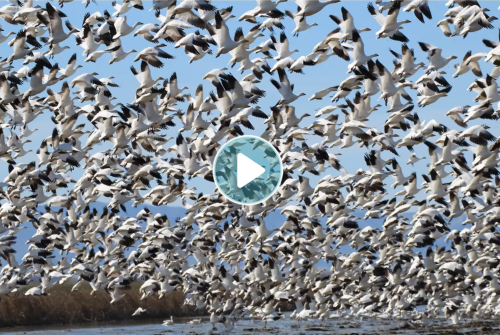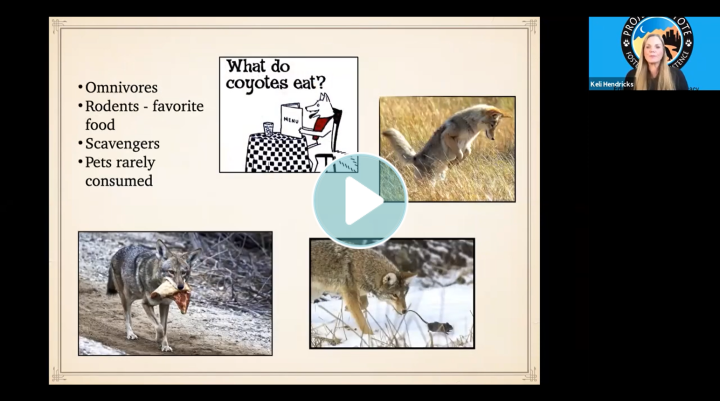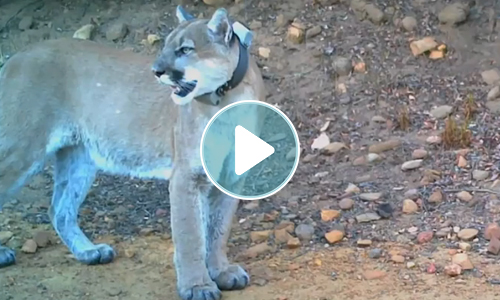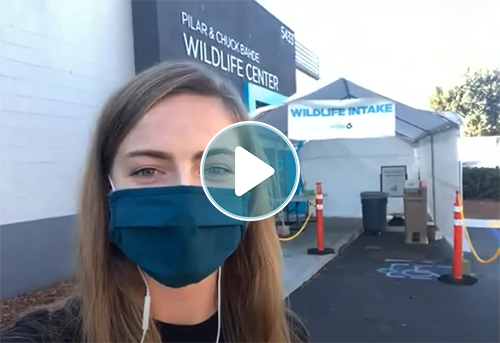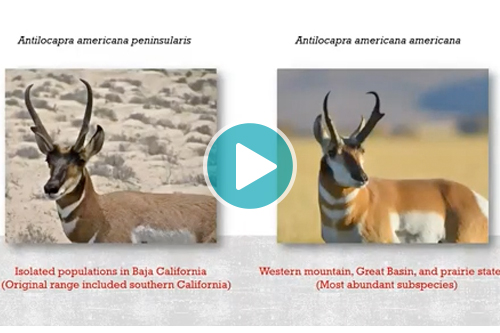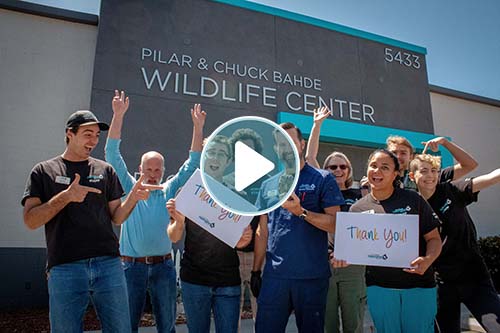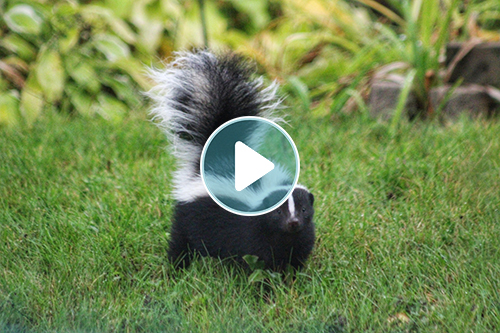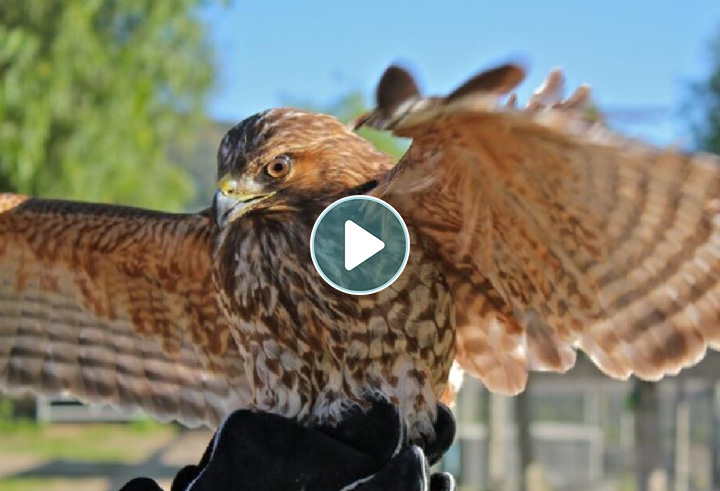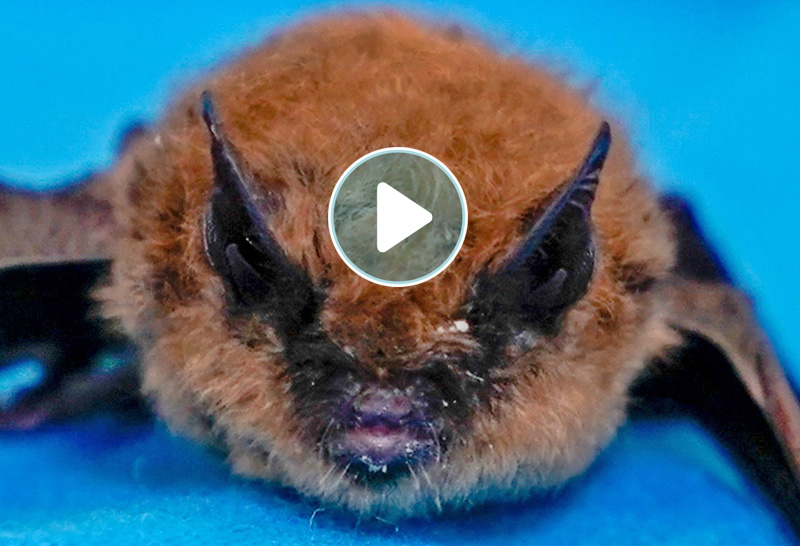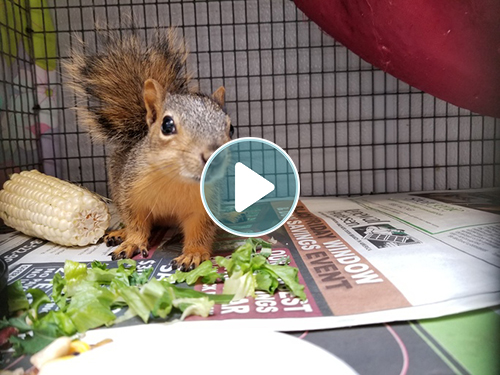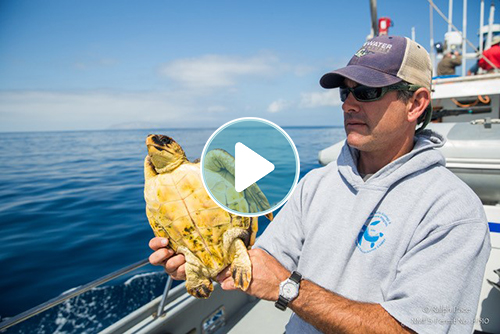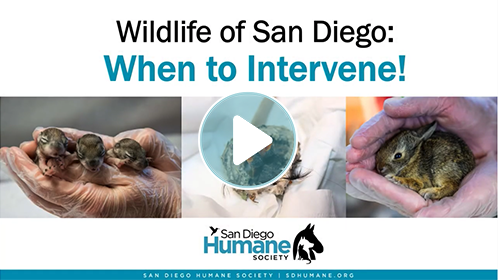Project Wildlife Virtual Lectures and Learning
Twice each year, in one of nature’s most amazing events, billions of birds make enormous and hazardous journeys from their breeding grounds to wintering areas. Some travel as much as 25,000 miles every year, from the high Arctic to the tip of South America and back. Of the more than 500 bird species found in San Diego, almost 2/3 of them migrate into or out of the area every spring and fall. Join avid birder Stan Walens, who has collected almost 40 years of data on seabird populations in San Diego, talk about how the fascinating process of migration works and the benefits and problems it presents.
Join Project Coyote Ranching with Wildlife Coordinator, Keli Hendricks, for a lively presentation about coexisting with coyotes. Topics will include coyote safety, education, and programs and resources available to help residents and communities better understand and coexist with our wild neighbors.
Dive into the wild and wonderful images of wildlife captured through San Diego River Park Foundation's camera monitoring program.
It’s that time of year again, baby season! Each year, San Diego Humane Society’s Project Wildlife takes in up to 13,000 orphaned and injured wild animals with the hopes of returning them to their native habitats.
Join us as we learn about the endangered peninsular pronghorn antelope in Baja and what conservation efforts San Diego Zoo/Safari park are doing to help!
Learn about the most common injuries and diseases seen at the Bahde Wildlife Center.
San Diego Humane Society offers proven humane solutions that help deter rodents.
While most people don't think about raptors as migratory birds, in fact, many species of raptors do migrate.
Bats are unexpectedly interesting little mammals. At first glance they appear to be mice with wings but bats are not rodents, and bats are critical to ecosystems and to many food crops.
Living in San Diego, we are considered one of the top 10 most biodiverse cities in the world, usually coming across wildlife on a daily basis.
The fact that there are thriving sea turtle populations along California’s coast is one of our State’s best-kept biodiversity secrets.
Volunteer naturalist Don Endicott's presentation “The Peregrine Falcon, Fastest Animal in the World.”
Learning when it is appropriate to assist a wild animal and what steps to take.
Coexisting with Wildlife
Bats: Coexist with Wildlife
Birds Stuck in Buildings
Coyote Conflicts
Coyote Conflicts Solutions: Why Killing Does Not Solve Conflicts with Coyotes
Coyote Hazing Guidelines
Coyotes and Large Predators: Coexisting with Wildlife
Crows and Ravens: Coexisting with Wildlife
Deer: Coexisting with Wildlife
Ducks and Geese: Coexisting with Wildlife
Fishing Line, Hooks, and Birds
Five Ways to Be a Friend to Wild Animals
Fledgling Birds
Foxes: Coexisting with Wildlife
How to Stop Wildlife from Moving In
Hummingbird: Coexisting with Wildlife
Opossums: Coexisting with Wildlife
Our Nocturnal Neighbors
Pigeons and Doves: Coexisting with Wildlife
Rabbits: Coexisting with Wildlife
Raccoons: Coexisting with Wildlife
Raptors: Coexisting with Wildlife
Rattlesnakes: Coexisting with Wildlife
Red-Eared Sliders
Rodents: Coexisting with Wildlife
Sea and Shore Birds: Coexisting with Wildlife
Skunks: Coexisting with Wildlife
Small Mammals: Coexist with Wildlife
Songbirds and Small Birds: Coexisting with Wildlife
Sprayed by Skunks
Squirrels: Coexisting with Wildlife
Windows and Birds


